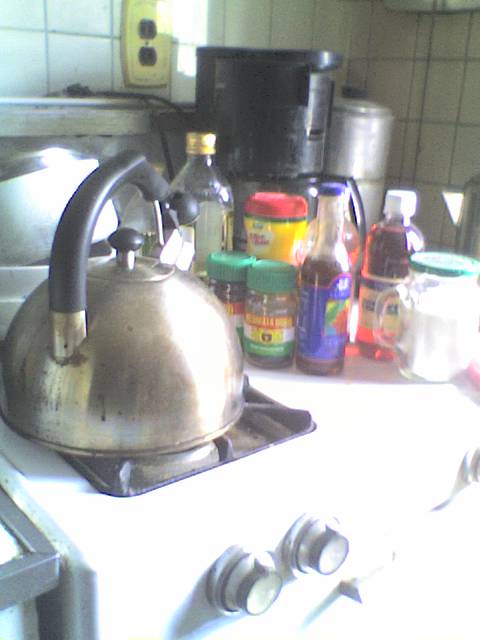Imagine not being able to buy certain veggies and fruits during the winter. Menus would change. Cooks would have to come up with substitutions or worse - just cross out certain dishes. It's a problem right now in Alaska, They're going through an annual food drought right now.
Julia O'Malley, an Alaskan herself, wrote this informative piece in today's New York Times Food section.Ms O'Malley is also the creator of a blog centering on life in the country's most northernmost state where she provides recipes and tips.As she knows,fresh fruit and vegetables are rare . Even a tomato is a rarity . Unlike grocery stores in the Lower 48, Alaskan stores are not restocked on a daily basis There's no nearby greenhouses or even an app to help them.They have to wait til the summer with days that last well into the night. Farmers markets then appear and explode with zucchini the size of small dogs and a wide variety of greens.It's a bountiful time where recipes call for fresh produce and meals have the added flavor of a garden. Right now, Alaskans are living off last year's harvest of gnarled carrots and dry skinned beets. This may be a thing of the past thanks to indoor farming happening on the frozen tundras.Alaska Natural Organics and Vertical Harvest Hydroponics are bringing fruits and vegetables to chefs and home chefs during the long cold winters.
It still isn't easy. Until the farms start mass producing Alaskan home chefs, especially, will be challenged. Many grocery stores still get their products by sea, shipped from Seattle.after it's traveled from Mexico and California. It spends about a week in a container on a boat. The end product is not palatable. Tomatoes are not an appealing red, but rather pinkish and watery Avocados are hard on the outside but rotten on the inside. Prewashed lettuces don't have a bright ,springy aroma, they smell like decay. Fruits and vegetables come only three times a week to the chain grocery , Fred Meyer.There are problems of keeping foods fresh while trying to keep their costs down. Delays are regular occurrences. Some chefs are lucky in the sense that they know a "peach guy" someone who cana get them fresh fruit at seventy dollars a pop. Some bring back fruit and veggies from trips.Many such as blogster and cook, Kim Sunee, make do with what they have. The answer is creativity. Use what you have in new recipes that make the most of the limited ingredients.Many other chefs are following this, Carlyle Watt of the Fire Island Rustic Bakeshop in Anchorage knows this all too well. He masters what's left in the root cellar like blackening carrots and finding the perfect potato.
Give Alaskan chefs credit . They can take what they have and turn it into an exciting and delicious dish. It's hard work but the results are worth it.
Subscribe to:
Post Comments (Atom)




No comments:
Post a Comment